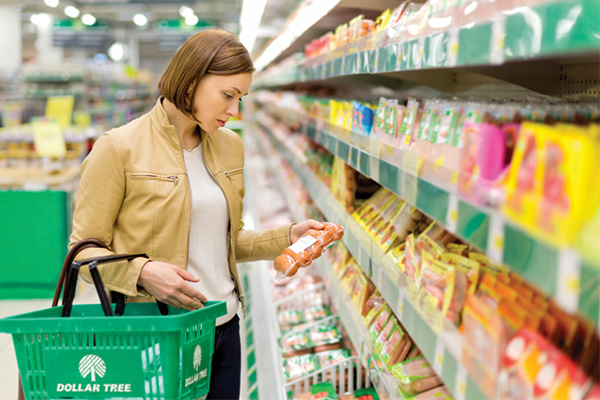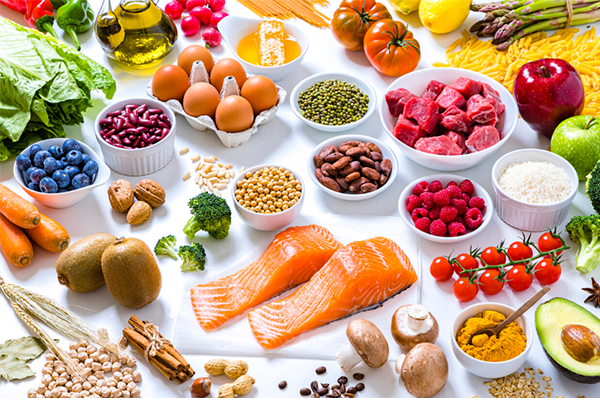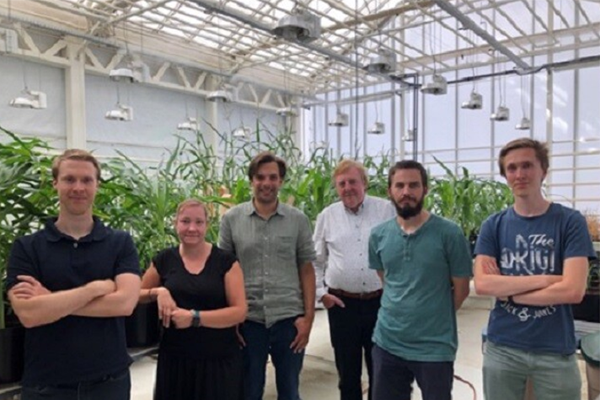Food inflation in the UK accelerated strongly to 9.3% in August, up from 7% in July. This is above the three-month average rate of 7.2% and the highest rate since August 2008. For fresh food, the rate in August was even higher at 10.5% while ambient food accelerated to 7.8%.
According to the news agency department of APEX TDMMJ company citing the SIYAL news, The data were released yesterday by the British Retail Consortium based on figures from NielsenIQ. They show that food prices are easily outstripping other sectors. For example, shop price annual inflation accelerated to 5.1% in August, above the three-month average rate of 4.1% while non-food inflation decelerated to 2.9% in August.
British Retail Consortium CEO Helen Dickinson said: “There are mounting cost pressures up and down supply chains. The war in Ukraine, and the consequent rise in the price of animal feed, fertiliser, wheat and vegetable oils continued to push up food prices. Fresh food inflation, in particular, surged to its highest level since 2008, and products such as milk, margarine and crisps saw the biggest rises.”
British Retail Consortium CEO Helen Dickinson said: “There are mounting cost pressures up and down supply chains. The war in Ukraine, and the consequent rise in the price of animal feed, fertiliser, wheat and vegetable oils continued to push up food prices. Fresh food inflation, in particular, surged to its highest level since 2008, and products such as milk, margarine and crisps saw the biggest rises.”

Food inflation is outstripping other sectors.
Value ranges expand as volumes fall
The rise in shop prices is expected to play into wider UK inflation figures, which some analysts are predicting could top 18% in 2023. Dickinson added: “The situation is bleak for both consumers and retailers, but retail businesses will remain committed to supporting their customers by offering discounts to vulnerable groups, expanding value ranges, fixing prices of essentials, and raising staff pay. However, there is only so much they can shoulder.”
Mike Watkins, head of retailer and business insight at NielsenIQ, commented: “Shoppers are already cautious about how much they spend on groceries, with a fall in volume sales at supermarkets in recent months. We can expect this level of food inflation to be with us for at least another six months but hopefully some of the input cost pressures in the supply chain will eventually start to ease.”





